Review: Eduard 1/48 Finnish Bf-109G-6 “racer”
By late 1942, the Finnish Air Force's motley collection of Brewster B-239s, Fiat G.50s, Hawker Hurricanes and Curtiss Hawk 75As were no longer able to maintain air superiority over the Northern Front as the Red Air Force replaced their I-152s, I-153s and I-16s with Bell Airacobras, Curtiss H-81 Tomahawks, Hawker Hurricanes and Yak-1s. Negotiations resulted in Germany agreeing to supply Bf-109G fighters.
The Finnish Air Force received the first Bf 109s in 1943. Forty-eight Bf-109G-2s were purchased and the first arrived in Finland on 13 March 1943. Beginning in late 1943, 109 Bf-109G-6s were delivered, with the last arriving on 20 Auigust 1944, just prior to the Finnish surrender in the Continuation War. The Bf-109 was nicknamed “Mersu,” the same nickname for Mercedes-Benz cars, whose parent company Daimler-Benz produced the Bf 109 engine.
During the Continuation War, Bf 109s were operated by HleLv (fighter squadron) 24, 28, 30 and 34. Finnish pilots scored a total 667 confirmed victories, with HleLv 34 being the top scorer with 345 victories while HleLv 24 scored 304. Total losses of Bf-109s in combat amounted to 18 in air combat and a further 16 to anti-aircraft fire. Operational accidents claimed another 16, with eight destroyed on the ground by enemy action, with a total of 23 pilots killed in combat or accidents.
At the end of the war, the Finns still had 102 Bf 109s in service, and the aircraft remained the main fighter of the Finnish Air Force for most of the next 10 years until Major Erkki Heinilä made the last flight of a Finnish 109 in MT-507 on 13 March 1954. Bf-109G-6 MT-452 was immaculately restored nearly 40 years ago and is on display at the airfield in Utti. MT-507, the last to fly, is on display at the Central Finland Aviation Museum in Helsinki.
THE KIT
Eduard did what no other company has done before when their 2012 release of the Bf-109G-6 turned out to be considerably less than promised as regarded accuracy. They went back and redesigned the kit and got it right, releasing it again in 2014. 2016 saw the release of the Bf-109G-2/G-4.
This limited edition Dual Combo release provides complete kits of a Bf-109G-2 and Bf-109G-6, with a beautiful decals sheet providing no less than 10 options for Finnish 109s, with both blue/white and the later “greyed-out” swastika national insignias, and including two post-war airplanes. One of these is a Bf-109G-6 flown by Lieutnant Arvo Arima of HleLv 31 in an “air race” held on June 23, 1950, at Utti air base outside Helsinki. MT-508 was one of four Bf-109s that flew a “Reno-style” pylon air race. The four airplanes had a very colorful set of blue/white checkerboard markings painted on the left side of the fuselage, with “bird feathers” painted on the left wing and left horizontal stabilizer.
CONSTRUCTION
The Eduard 109G series presents no difficulties for a modeler willing to commit the revolutionary act of actually following the instructions.
I started as usual with the cockpit, and used the very nice photo-etch set for the instrument panel and seat belts. I then assembled the fuselage and attached the “short” vertical fin. While that set up, I assembled the wing. I then brought the two sub-assemblies together and finished by attaching the horizontal stabilizers and the control surfaces.
COLORS & MARKINGS
I followed the very complete paintings and markings guides provided by Eduard to do the Bf-109G-6 “racer.” By camouflage pattern, this was an MTT-Regensburg airplane, and I freehanded the RLM 74/75/76 camo.
The decals are very good. They went on without difficulty. Once everything had set up, I washed the model to get rid of dried setting solution, then gave it an overall finish with clear flat varnish. I attached the landing gear and prop, unmasked the canopy and posed it in the open position.
CONCLUSIONS
I ran across a decal sheet of this scheme in 1/32 at the 2007 IPMS-USA convention that I grabbed. Spent a while looking for an (increasingly-expensive) Hasegawa kit, finally grabbed a Revell kit last fall. And then Eduard does this!
I think Eduard's Bf-109G series of kits are the best out there of the main 109 sub-type. With these Finnish markings, a modeler has a great choice of several interesting airplanes to replicate. Any modeler with experience assembling a plastic kit should be able to create a model they'll be proud to display with this kit. Take your time and follow the instructions and all will be well.
Tom Cleaver
Review kit courtesy of Eduard.
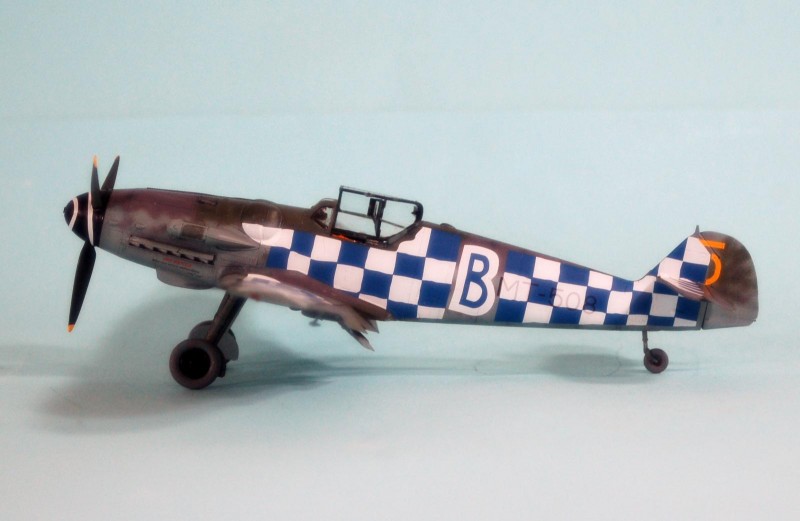
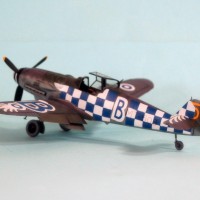

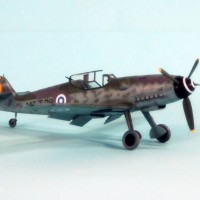

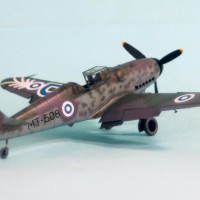
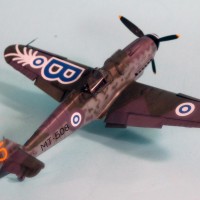
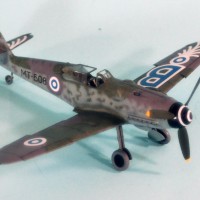
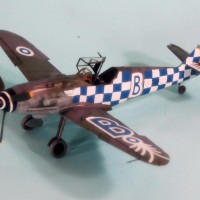
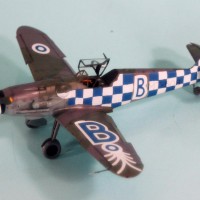
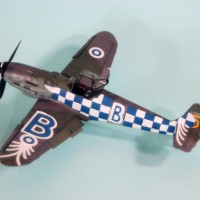
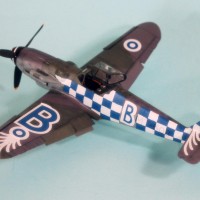
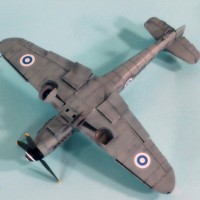
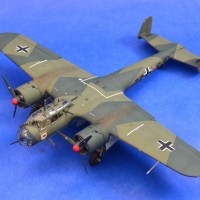
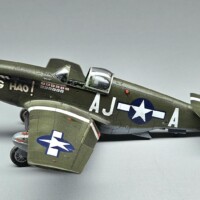
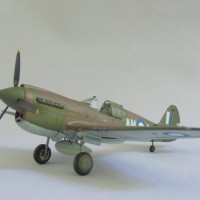
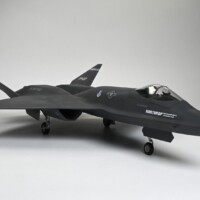
Fine built of an interesting Version. the first 109 with a colourful sceme that Comes to my eye.
Love the camouflage pattern on the right side - the left side looks almost blasphemous on an Me-109 (kinda reminds me of that atrocious "Jelly Belly" Mustang) - seriously though, you've done a good job on an obscure (at least to me) version of the venerable Eduard -109.
Nice! An unusual scheme.
Did Eduard replace any of the old kits still in stock with the new version?
You find the first ones out there, but I have no idea if Eduard replaced kits people bought.
The first kit is actually not "godawful" unless you're a rivet counter's rivet counter. I did one and it sits next to the new ones and the only way you know it's "wrong" is holding it very very close to the "good one" and taking a micrometer to it. If it's just sitting there (like most models do) it's OK.
VERY interesting subject, Tom! As usual, your kit history as well as the history behind the craft is first rate and especially interesting. I'm with Craig with my lack of knowledge of these little-known (at least to us) aircraft.
I have great respect for the Finns and find that I'm interested in ANYthing about them. (Having had a serious relationship with a lovely young Finnish girl back in 1970 has nothing to do with that! LoL!)
wow - what an interesting bird! Nicely done as usual Tom.
Very nice, love the scheme